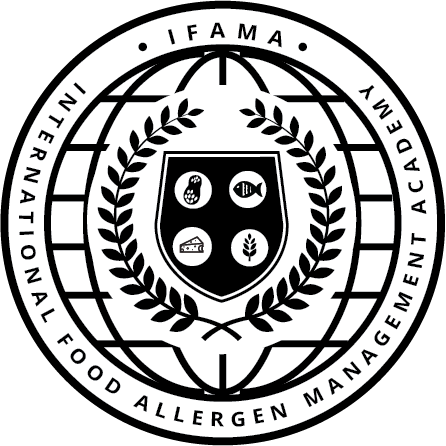How to Have Those with Special Dietary Needs Over for Dinner
With the holidays come food gatherings galore. Chances are
that you have or will have a friend or family member with a food allergy or
intolerance. Fifteen
million in the United States are estimated to have food allergies with numbers
on rise. Having us over for dinner
doesn't have to be terrifying if you follow these 8 simple rules.
- Ask all guests you have over well in advance if they have any food allergies or follow any special diets. If you ask well enough in advance, you have time to plan. It isn't fun for anyone if you invite someone over who has nothing to eat.
- Accommodate! You have two options: Either change your entire menu to accommodate everyone’s dietary restrictions (preferable) or make an alternative menu that does accommodate. If different people have restrictions that are difficult for you, an option is to make some dishes with particular guests in mind. Be sure that everyone will have enough to eat.
- Do not presume to know better than your guests about what they can and cannot eat. If someone tells you they are gluten free, don’t put a little regular flour in a dish and presume it isn't enough to bother anyone. If you are unsure how bad an allergy is, just clarify. Some people have a mild intolerance to some gluten and don’t mind eating a little. Others have serious allergies and need you to be careful about cross contamination of foods. Cross contamination can occur if you cook using an allergen without properly cleaning the area and utensils.
- Look at the ingredients of items you use in your recipes for the meal. A friend once worked hard to make a gluten free meal for me without bulgur wheat and substituted couscous, not realizing that couscous is made out of wheat. For serious allergies, check labels to see if items were processed with the allergen you are trying to avoid.
- If you want to not change your menu, there are often substitutions that can be used. For example, for pasta find a gluten free rice pasta. This is something your guest will likely be happy to help with. One of my friends makes amazing turkey meatloaf, and I just bring her a cup of gluten free breadcrumbs so she doesn't have to buy something big or worry about where to get it.
- Instead of asking your guests what to make, try doing a basic internet search for “recipe” and “[allergen(s)] free”. There are many websites full of recipes for all kinds of diets and allergies. (We even have one- Food Allergy Gal Recipes.)
- If you are overwhelmed, just ask your guests to bring something with them. I actually prefer to do this, as I know that what I bring will be safe for me to eat.
- At the beginning of the meal, let your guests with food allergies and dietary restrictions know what is in each dish so they don’t have to worry. After that, let it go! Don’t make your guests feel guilty for having allergies that they cannot control.

You can find more of Debra's writing just click here or go to http://guckenheimer.pressfolios.com/
View a dairy free, soy free, nut free holiday side dish favorite here: http://www.examiner.com/article/dairy-free-dish-cauliflower-mashed-potatoes
View a dairy free, soy free, nut free holiday side dish favorite here: http://www.examiner.com/article/dairy-free-dish-cauliflower-mashed-potatoes


